Welcome to the board
LGIS WA has a new board member in Claremont councillor Paul Kelly.
Cr Kelly brings a wealth of knowledge to the role – with previous experience as board member and chairperson of the board at LGIS.
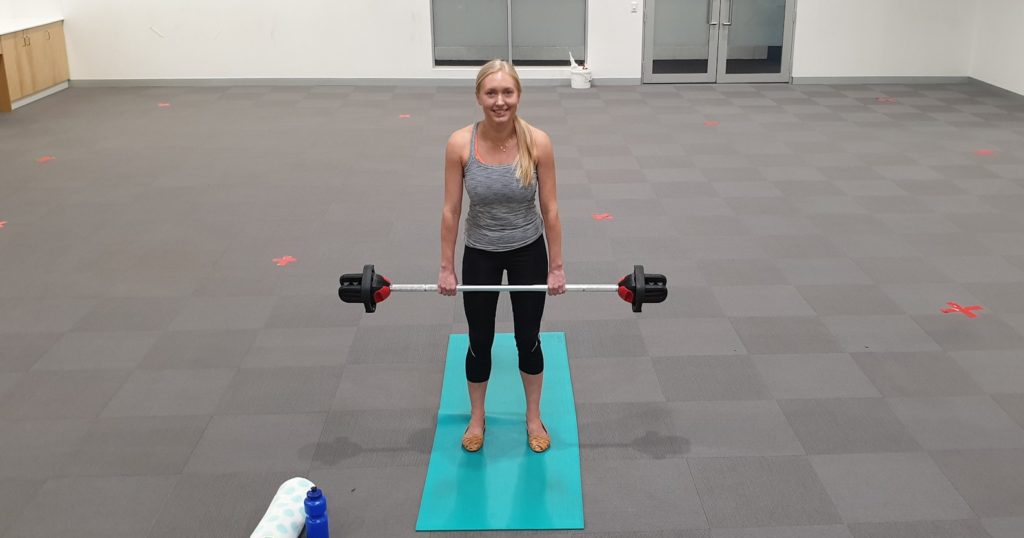
However, COVID-19 had an overwhelming impact on local governments and exposed weaknesses within every industry.
How local governments operate in a post COVID-19 world will determine future workplace success.
Ideally, local governments will exit the crisis better than before.
But this will take good business practices.
Local governments can expect to be operating within a ‘new normal’ for some time.
On May 10, the McGowan government announced an easing of restrictions in WA.
From May 18, as Phase 2 of the WA Roadmap, 20 people could suddenly access pools, libraries and community centres and employees who did not fall into the vulnerable category were encouraged to return to work.
From June 6, Phase 3 began with 100 people allowed in one shared space and 300 people allowed per venue.
Currently recreation centres and community museums can open to 100 people in each undivided space, and up to 300 people per venue provided there is at least two square metres of floor space per patron.
However, despite reopening the State government has warned they are expecting new cases of COVID-19 to appear.
LGIS WA has a new board member in Claremont councillor Paul Kelly.
Cr Kelly brings a wealth of knowledge to the role – with previous experience as board member and chairperson of the board at LGIS.
As we look to the recovery phase of the current crisis, our focus in still on our people and integrating them successfully back to a new work environment.
According to the Australian Bureau of Statistics, nearly half of all Australians were working from home at the start of May.
Many local government employees found they were also either working from home, stood down or redeployed into different departments.
Employers need to continue to protect staff or they could open the organisation up to risk.
It is easy to become complacent now the perceived “worst” is over.
Restrictions have eased for workers who remained on the frontlines. However, as there is an expectation new cases will appear, employers and employees, should remain focused on controlling risks to health.
Business continuity plans should be kept current and local governments need to be prepared for possible shutdowns in the event of a second wave outbreak.
There are a number of risk areas local government should focus on as they adjust to the ‘new normal’ of a COVID-19 environment:
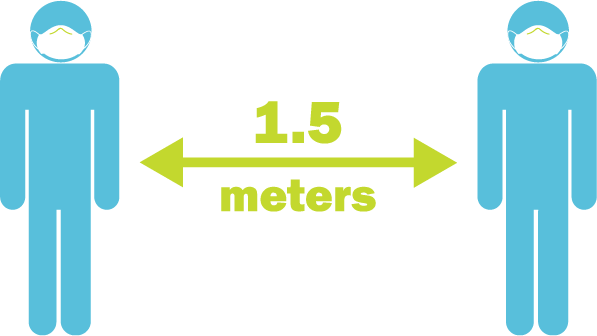
The big question for local governments to ask is ‘What may have to change to mitigate the risk of COVID-19’?
A risk assessment should be carried out for each facility and service delivered to consider how the risk of COVID-19 transmission can be reduced. This is a key element of your COVID Safety Plan.
As local governments begin to reopen, they’ll give great attention to the measures required to keep employees and community safe. Many of those measures are simple behaviours: washing hands, wearing masks, etc. but they won’t succeed unless they become norms. At the end of the day, the speed with which norms change is the speed with which it becomes normal to give correction. If noncompliance is rarely addressed, behaviours won’t change.
To be effective local government leaders need to identify how the new safety behaviours will become the norm within their organisation.
The measures to protect the organisation from further outbreaks will not just offer protection against COVID-19 but should also reduce rates of normal winter colds and flus.
When the 1918 influenza pandemic spread, it hit the US in three waves – one in spring, one in autumn and one in winter. So it isn’t out the of the realm of possibility WA will be affected in the same way. Especially as people return to work and borders are reopened.
There is risk in reopening, there is no risk free option – but COVID-19 is a known hazard and the risks can be reduced.
The WA Occupational Safety and Health Act and regulations place a duty on local governments to protect the health, safety and welfare of their employees. When considering the hazard of COVID-19 local governments need to consider the following which is encompassed by the legislation:
To ensure local governments provide a safe work environment, they will need to embed COVID-19 mitigation changes within existing safety systems.
Policy and planning
Risk assessment
Prevention and mitigation
Communication and consultation
Plan for the unexpected
Review and respond
Throughout the lockdown – local governments did an amazing job of maintaining essential services.
Strategies can be put in place as part of the lockdown exit to ensure these essential services are maintained in the event of a second wave.
As part of the reopening essential local government workers will once again be able to visit friends and family. This exposes them to disease and infections – not just COVID-19, but normal colds and flu. All employees should be encouraged to have the seasonal flu shot and maintain good hygiene practices.
If local governments are able to – splitting workforces into two separate work groups that remain separate may protect essential workers in the event of an outbreak.
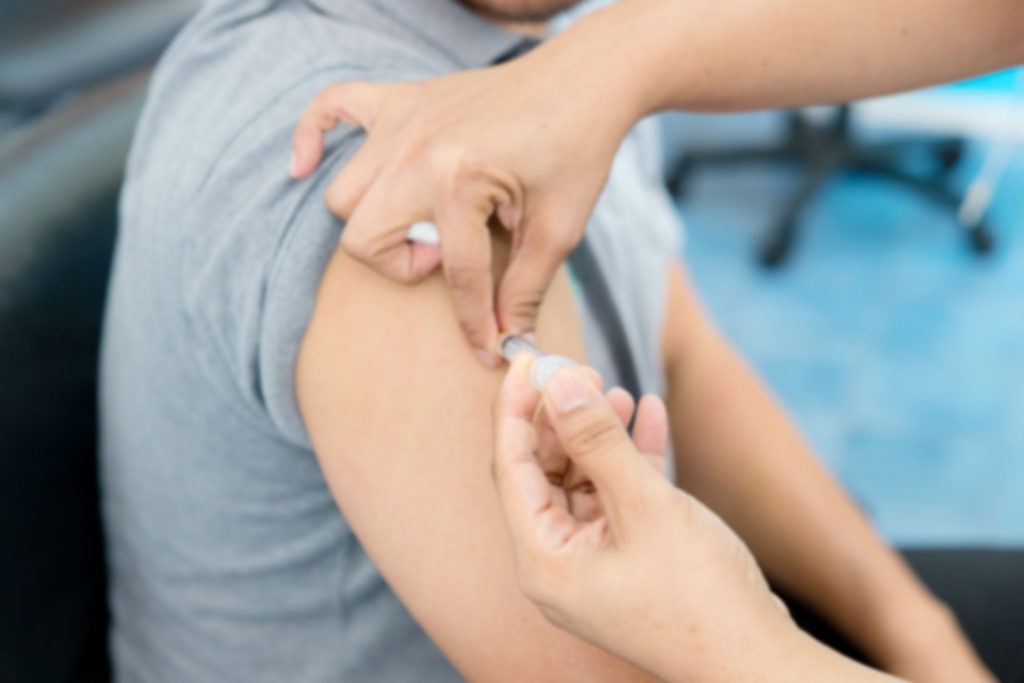
Pandemics are more than just tragedies of sickness and death. Mass-scale threats such as COVID- 19, and the uncertainty and fear that accompanies them, can lead to new behaviours and beliefs.
People may become either more suspicious or more impressionable. Above all, they may be less willing to engage with anything foreign or strange. Local governments need to be prepared for a shift. Isolation may have caused re-integration issues; remote working will force a push and demand for further remote working.
COVID-19 might alter workers’ casual safety behaviours. Why is this?
All this can provide a platform for a fresh start, and reengagement.
When looking at how workers can be protected, local governments should conduct a risk assessment and implement appropriate controls. These controls should be reviewed on a regular basis to ensure they provide the right level of mitigation, ensuring where possible, the risk of further infection is reduced.

Bring the workforce back in stages. This reduces numbers, and the chance of viruses spreading. This approach may also help to ease workers back into work who are feeling anxious at this time. It will also assist staff who use public transport to potentially avoid large groups of people at ‘rush hour’

We are seeing screens/ dividers and protectors being used at supermarket checkouts. These could be considered for customer facing elements of local government offices – for example customer service centres, and access into leisure facilities. The main purpose of the screen is to catch any airborne contaminants.

Local governments may see a significant rise in the demand for PPE. It’s important local governments are sensitive to workers needs following such a frightening and disruptive period, and respect their need to feel safe.

Adhering to government guidelines will help contain the spread of the virus but will also assist in easing worker fears around contraction.

Some local governments are using temperature scanners at the entrance of workplaces to scan workers before coming in to work, any worker with an abnormal reading will be sent home. One issue with temperature scanning is asymptomatic workers may not be traced by a temperature scanner and therefore there is still a risk of spreading the virus.
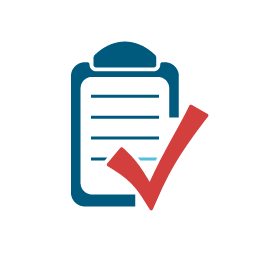
Conduct risk assessments to establish what controls can be used prior to using PPE, if PPE is required, the risk assessment should determine what PPE is necessary for the specific job/ task. Identifying what PPE is required for roles/ tasks will enable the correct distribution of appropriate equipment to workers.
The City of Mandurah reopened their aquatic centre and group fitness classes with the following controls:


Western Australia fared better than many locations around the world following the coronavirus pandemic. However, COVID-19 had an overwhelming impact on local governments and exposed weaknesses within every industry.
How local governments operate in a post COVID-19 world will determine future workplace success.
Ideally, local governments will exit the crisis better than before.

As local governments prepare for the new normal of physical health safe guards including temperature checks and additional cleaning, they also need to consider how best to monitor and support employees mental health.
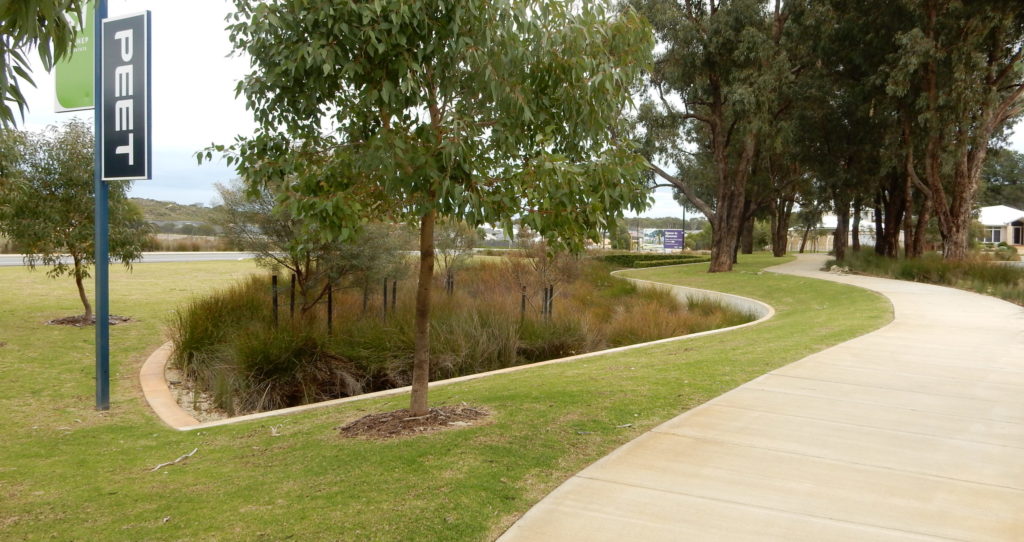
Following COVID lockdowns expect people to flock to outdoor areas and other local government facilities. Prior to opening these public spaces as part of Phase 3, local governments should make sure they are ready to be used.
LGIS is the unifying name for the dedicated suite of risk financing and management services for WA local governments, established by the WA Local Government Association in conjunction with JLT Public Sector (part of the Marsh group of companies). LGIS is managed by JLT Public Sector (ABN 69 009 098 864 AFS Licence 226827).
Risk Matters, via this website, is designed to keep members, their staff and elected members informed on topical risk management and insurance issues and LGIS programs and services.